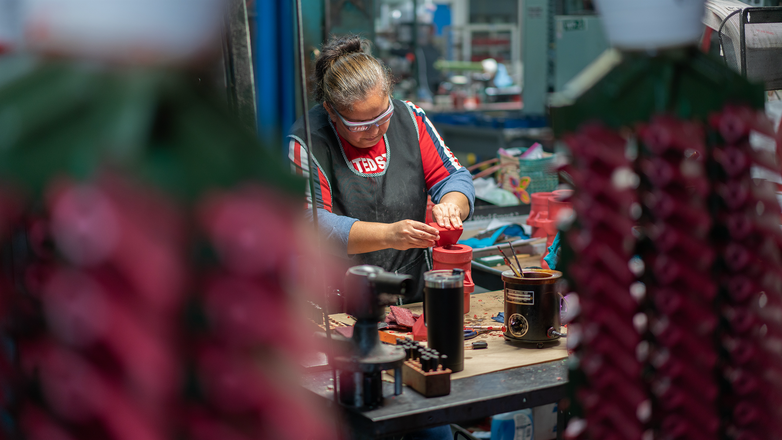Nickel-Based Steel Alloys
While the investment casting process is capable of pouring almost any alloy, our most popular alloys are in the nickel family. Consisting primarily of nickel, chromium, and molybdenum, nickel-based alloys are among the most widely used investment casting materials. The most popular being CW2M.
Creating a nickel-based alloy takes great precision and skill. At Signicast, we pay very close attention to the composition of the material we melt to ensure we create superior alloys. Our casting process creates very metallurgically clean castings with excellent weldability.
What Industries Use Nickel-Based Alloys?
Any industry can use nickel-based alloys, but the majority of our customers who use them are looking for the best corrosion resistance in oxidizing environments. Additional elements like molybdenum and chromium are added to create an alloy that is arguably one the world’s toughest.
When should you use a Nickel-based Alloy? If 300 series stainless steels do not cut it, nickel-based alloys are great for components used in the chemical and process industries. Additionally, meter bodies used in chlorine and acid services utilize CW-2M for its excellent mechanical and physical properties.
High-Performance Alloys
Nickel-based alloys are part of the super alloy family, also known as high-performance alloys. As well as being highly resistant to corrosion and oxidation these alloys are harder and stronger and corrosion resistant at higher temperatures making them a great option for welding applications. Some alloys lose corrosion resistant when you raise the temperature, nickel-based alloys do not. They also have great ductility and can be easily fabricated.
Signicast offers everything from 400 stainless steel to aluminum. We are committed to giving you the very best performing part at the lowest total cost.
Did You Know?
Hastelloys are name brand nickel-based alloys invented by Haynes International in 1912. The original patent expired allowing manufacturers to develop “generic” or off-brand “Hastelloys”. For example, our CW-2M is equivalent to Hastelloy C. So while the name itself may be different, the alloy acts and performs just like the original Hastelloy.
